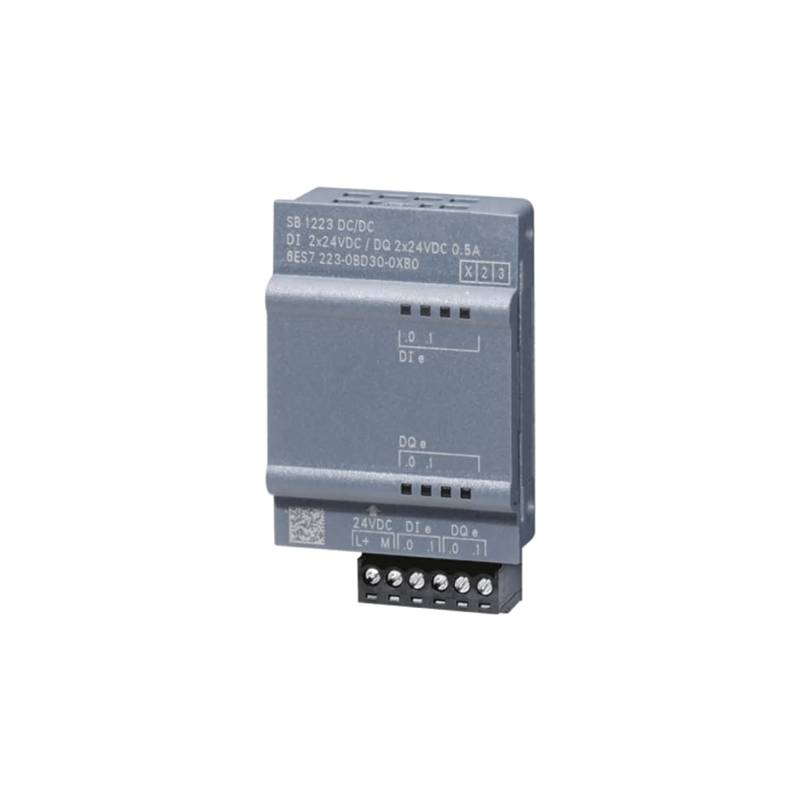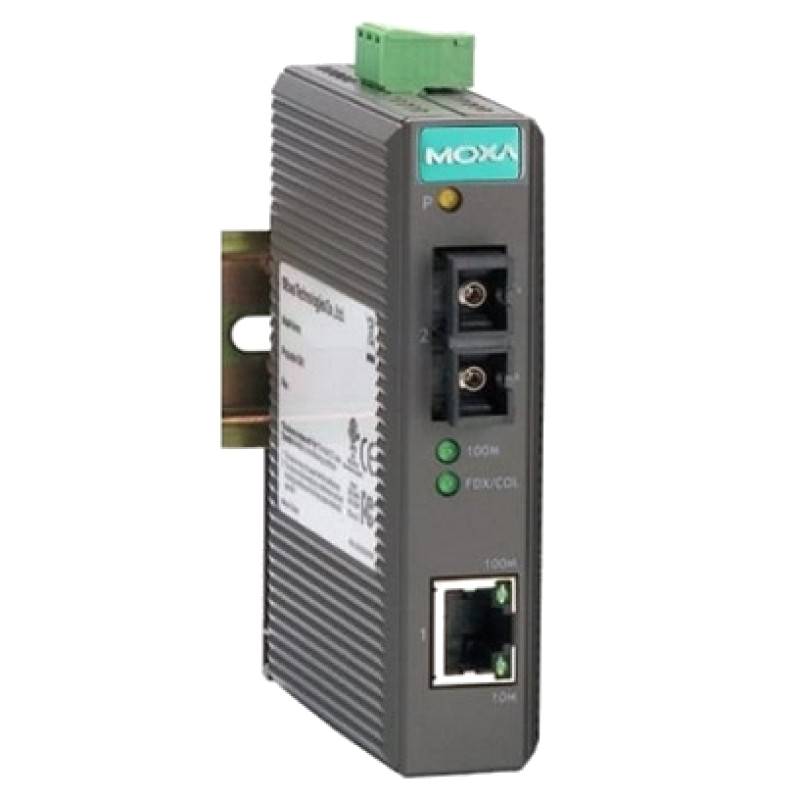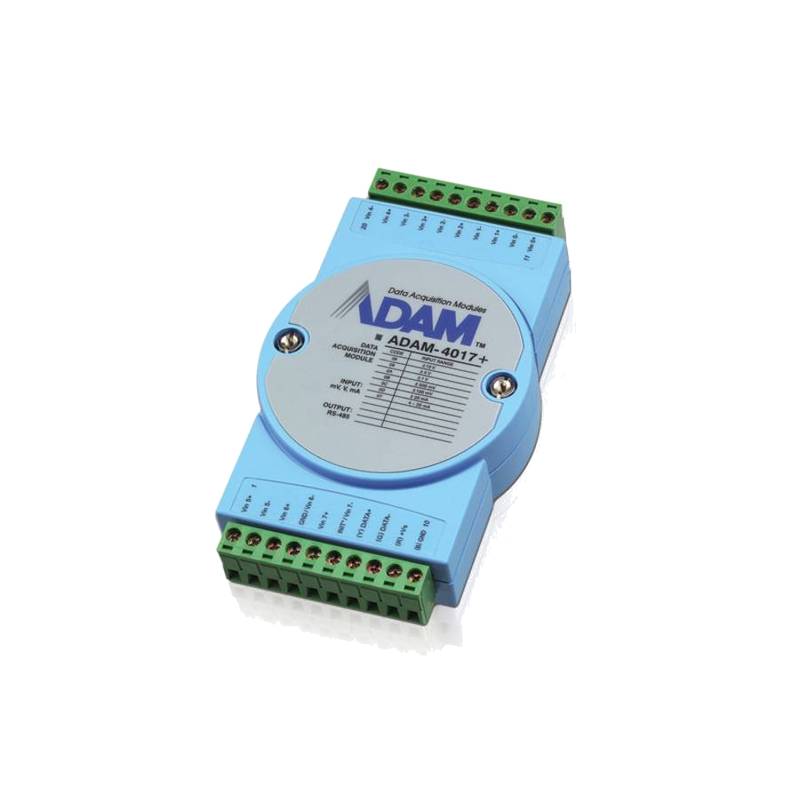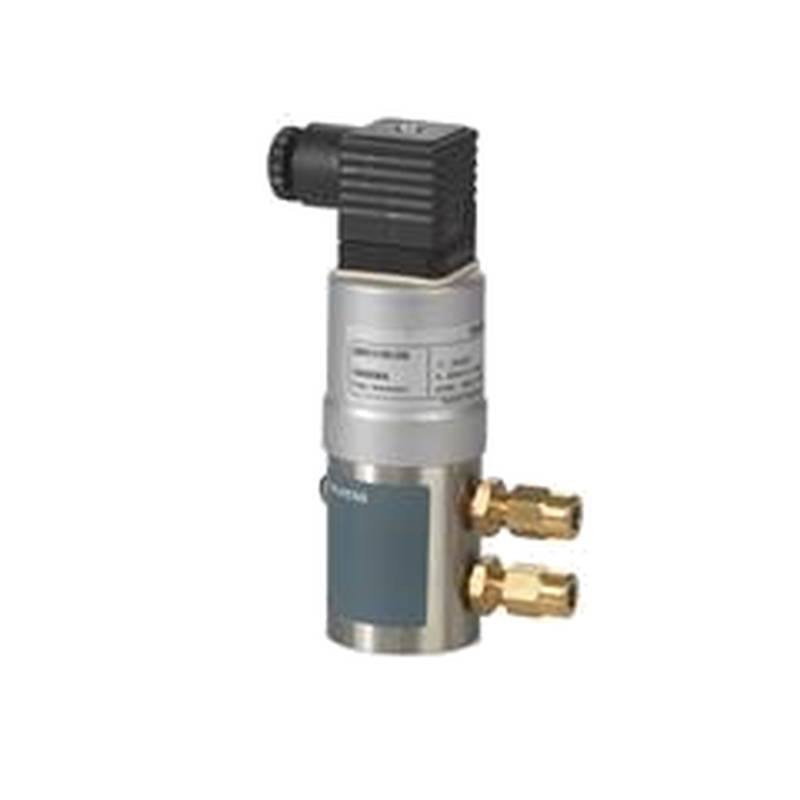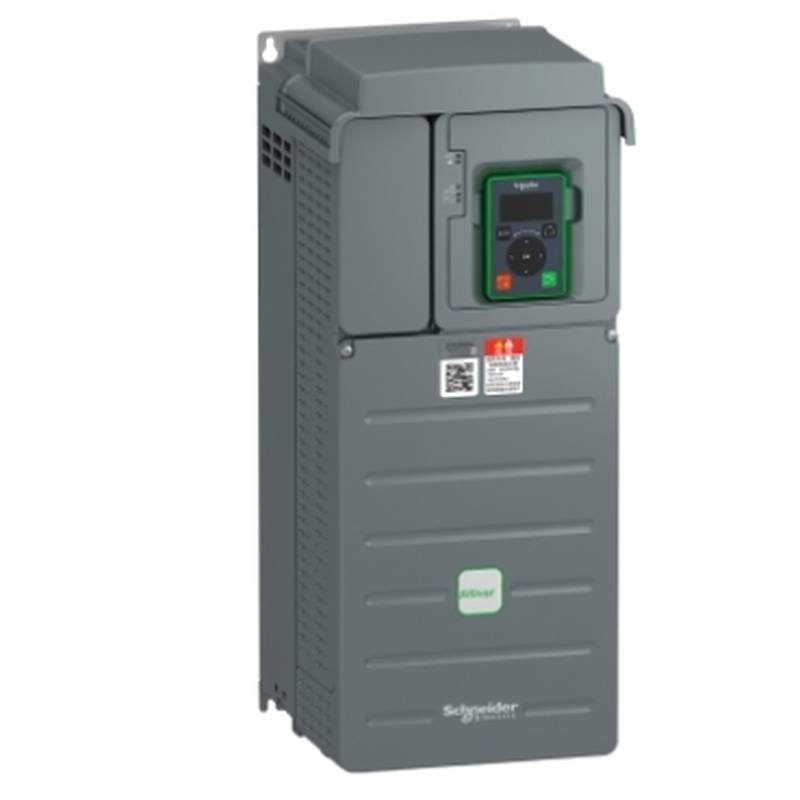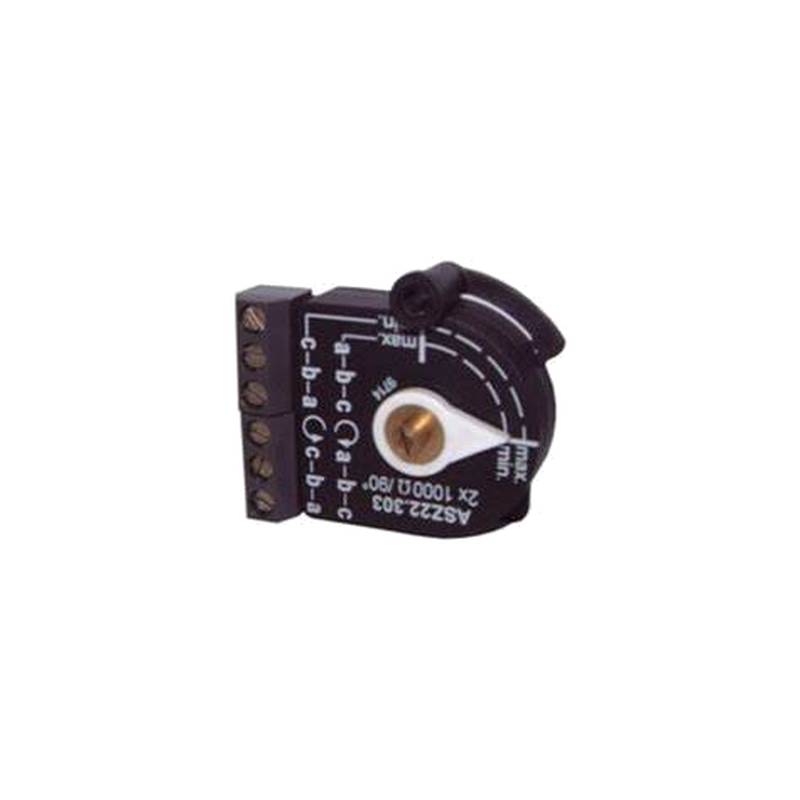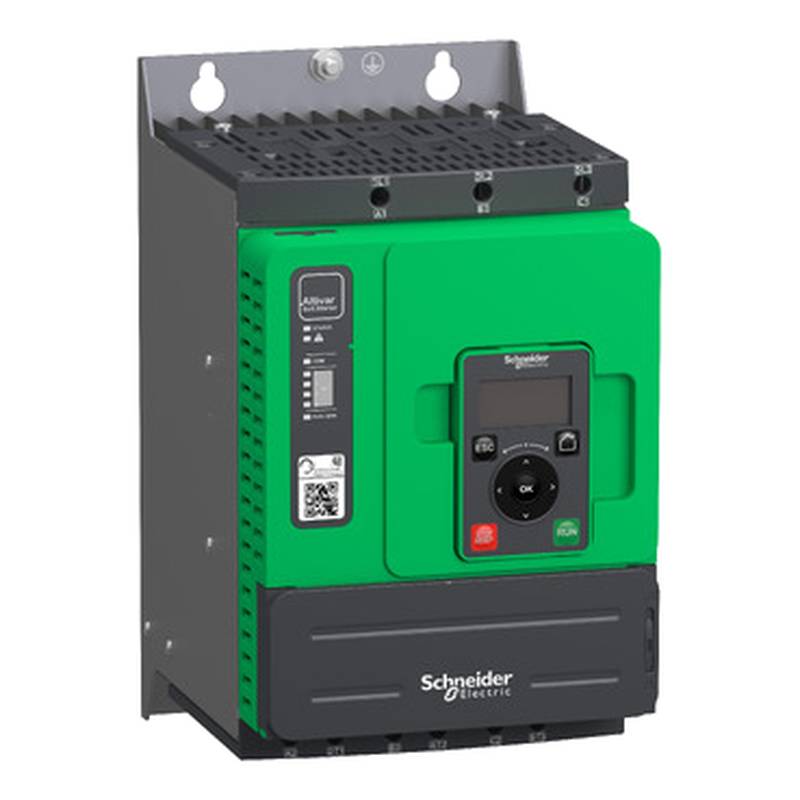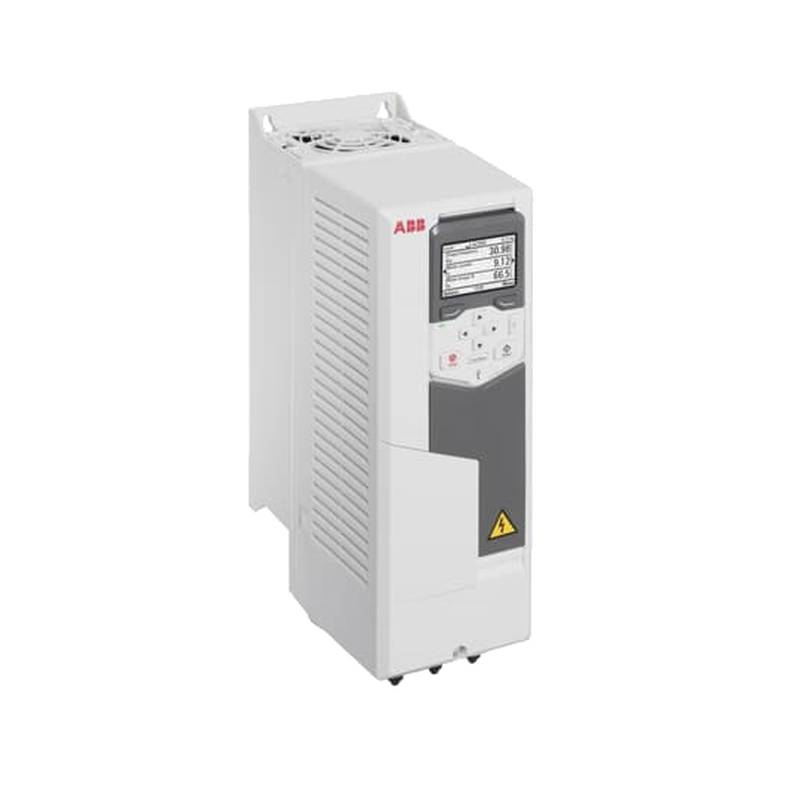
The Siemens 6ES7222-1AD30-0XB0 is a crucial component for industrial automation, offering a robust 4-point transistor digital output signal board designed for the SIMATIC S7-200 PLC family. This module excels in fast switching applications, providing reliable control over actuators such as solenoid valves, motor starters, and indicator lights. Its compact design, high output current capability, and efficient heat dissipation make it an ideal choice for demanding industrial environments where precision and dependability are paramount. Key technical specifications include a nominal voltage of 24V DC, a switching frequency of up to 5 kHz, and an output current of 0.5 A per channel, all housed within a standard DIN rail mountable form factor.
Product Specifications
| Feature | Specification |
| :------------------------- | :---------------------------------------------- |
| Product Type | Digital Output Signal Board |
| Siemens Product Number | 6ES7222-1AD30-0XB0 |
| PLC Compatibility | SIMATIC S7-200 |
| Number of Digital Outputs | 4 |
| Output Type | Transistor (PNP) |
| Nominal Voltage | 24V DC |
| Max. Output Current (per channel) | 0.5 A |
| Max. Switching Frequency | 5 kHz |
| Isolation Voltage | 500V AC |
| Operating Temperature | 0°C to 60°C |
| Mounting | DIN Rail |
| Dimensions (W x H x D) | 45mm x 85mm x 59mm |
Core Features & Market Positioning
The Siemens 6ES7222-1AD30-0XB0 distinguishes itself through its high-speed switching capability, enabled by its transistor output design. This makes it superior to relay-based outputs for applications requiring rapid actuation, such as high-frequency pulsing or precise timing control. The PNP configuration simplifies wiring in many common industrial setups, particularly when sourcing power directly from the PLC's 24V DC supply. Its integration within the established SIMATIC S7-200 ecosystem ensures seamless compatibility and broad support, positioning it as a reliable and cost-effective solution for discrete manufacturing, material handling, and process control within its target automation class. Competitively, it offers a robust balance of performance, durability, and Siemens' renowned industrial quality.
Key Application Scenarios
This output module finds extensive use in scenarios demanding rapid and precise digital control. Common applications include the high-speed operation of solenoid valves in pneumatic or hydraulic systems, direct control of small motor contactors, and driving indicator lights or audible alarms in control panels. Its suitability for fast switching makes it ideal for packaging machinery, automated assembly lines, and any process requiring rapid on/off cycles. Users frequently search for solutions to control actuators like those found in dispensing systems, sorting mechanisms, and automated material handling equipment where quick response times are critical for efficiency and throughput.
Practical System Integration Guidance
Integrating the Siemens 6ES7222-1AD30-0XB0 into a SIMATIC S7-200 system is straightforward. The module connects directly to the PLC's I/O bus. For wiring, the 24V DC supply and ground are connected to the appropriate terminals, with each of the four outputs (Q0.0 to Q0.3) available for connecting loads. It's crucial to ensure that the total current drawn by all outputs does not exceed the PLC's power supply capacity and that individual loads respect the 0.5 A per channel limit. When programming, digital output instructions within the S7-200 programming software (e.g., STEP 7-Micro/WIN) are used to control each point, mapping them to specific memory addresses assigned to the module.
Operation and Risk Mitigation
Proper operation of the 6ES7222-1AD30-0XB0 involves adhering to its voltage and current ratings to prevent damage. Overloading outputs or connecting voltages outside the specified range can lead to module failure and potential damage to connected equipment. Always ensure proper grounding and observe safety protocols when working with electrical connections. If an output fails to energize a load, check the PLC program for correct addressing, verify the 24V DC supply to the module, and inspect the wiring to the load. For troubleshooting, consult the SIMATIC S7-200 system manual for diagnostic indicators or error codes specific to output modules.
Scalability & Long-Term Value
While the SIMATIC S7-200 is a legacy platform, the 6ES7222-1AD30-0XB0 remains a viable and supported component for many existing installations, offering long-term value in maintaining these systems. For new projects or system upgrades, Siemens offers scalable solutions within their SIMATIC S7-1200 and S7-1500 platforms, which provide enhanced connectivity, advanced diagnostics, and integration with Industrial IoT (IIoT) and Industry 4.0 initiatives. However, for applications still leveraging the S7-200, this output module represents a robust and reliable expansion option, ensuring continued operational efficiency for many years.
Frequently Asked Questions
What is the maximum load the Siemens 6ES7222-1AD30-0XB0 can switch?
The Siemens 6ES7222-1AD30-0XB0 digital output module supports a maximum of 0.5 Amperes per channel. This specification ensures reliable operation for many standard industrial loads.
It is crucial not to exceed this current limit to prevent overheating and potential damage to the transistor output. Always consider the inrush current of the connected device.
For higher current requirements, external relays or contactors controlled by this module would be necessary.
How do I wire the Siemens 6ES7222-1AD30-0XB0 for a 24V DC system?
Connect the 24V DC positive supply to the module's power input terminal and the common ground to the designated ground terminal. Each of the four transistor outputs (e.g., Q0.0 to Q0.3) then connects in series with the load to the 0V/ground line.
Ensure that the PLC's 24V DC power supply can handle the total current draw from the CPU and all connected output modules. Verify terminal assignments in the module's manual.
The PNP nature of the transistor outputs means they sink current from the load. The positive terminal of the load connects to the output terminal of the module, and the negative terminal of the load connects to the 0V.
What PLC software is used to program the Siemens 6ES7222-1AD30-0XB0?
The Siemens 6ES7222-1AD30-0XB0 is programmed using STEP 7-Micro/WIN software. This is the dedicated programming environment for the SIMATIC S7-200 series PLCs.
Within STEP 7-Micro/WIN, you will assign specific output addresses (e.g., V0.0, V0.1) to the physical outputs of the 6ES7222-1AD30-0XB0 module. These addresses are then used in your logic.
Ensure you have the correct version of STEP 7-Micro/WIN installed, compatible with your S7-200 CPU and the operating system you are using.
Can the Siemens 6ES7222-1AD30-0XB0 be used with AC loads?
No, the Siemens 6ES7222-1AD30-0XB0 is designed exclusively for switching 24V DC loads. Its transistor outputs are not suitable for alternating current.
Attempting to connect an AC load will likely result in immediate damage to the module and could pose a safety hazard. Always verify the load's voltage type before connecting.
For AC loads, a separate digital output module with AC capabilities or an intermediate relay with appropriate AC coil ratings would be required.
What is the switching frequency limit for this digital output module?
The Siemens 6ES7222-1AD30-0XB0 features a maximum switching frequency of 5 kHz. This allows for very rapid on/off cycles, suitable for high-speed control applications.
This high frequency capability is a key advantage of transistor outputs over slower mechanical relays in applications like pulse generation or precise timing.
Applications requiring switching speeds beyond 5 kHz may need specialized high-speed output modules or controllers.
Is the Siemens 6ES7222-1AD30-0XB0 a sourcing or sinking output?
The Siemens 6ES7222-1AD30-0XB0 utilizes PNP transistor outputs, which are considered sourcing outputs in the context of the PLC's internal power, but they function as sinking outputs for the load circuit.
In practice, this means the 24V DC positive supply is connected to the load, and the output module's transistor switches the connection to ground (0V) to complete the circuit for the load.
This wiring configuration is common and simplifies connecting loads directly to the positive supply rail.
What is the isolation voltage rating of the 6ES7222-1AD30-0XB0?
The Siemens 6ES7222-1AD30-0XB0 provides an isolation voltage of 500V AC. This ensures electrical separation between the PLC backplane and the output circuits.
Adequate isolation is critical for protecting the PLC and preventing ground loops or voltage transients from affecting sensitive control logic.
This isolation rating is standard for industrial I/O modules and contributes to the overall robustness and safety of the system.
How do I assign addresses to the 4 digital outputs in my program?
In STEP 7-Micro/WIN, you will typically assign symbolic names or direct addresses to the module's outputs, such as V0.0 for the first output, V0.1 for the second, and so on. These correspond to the physical terminals Q0.0 through Q0.3.
The exact addressing scheme depends on how the module is physically inserted into the S7-200 system and how the I/O map is configured in the PLC's hardware setup.
Refer to your S7-200 CPU's I/O configuration within STEP 7-Micro/WIN to confirm the correct address range assigned to this specific output module.
What is the operating temperature range for this module?
The Siemens 6ES7222-1AD30-0XB0 is designed to operate within an ambient temperature range of 0°C to 60°C (32°F to 140°F).
Operating the module outside this specified range can lead to performance degradation, intermittent faults, or permanent damage due to overheating or extreme cold.
Ensure adequate ventilation in the control cabinet where the module is installed, especially in environments with high ambient temperatures.
Can this output module be expanded or is it a fixed configuration?
The Siemens 6ES7222-1AD30-0XB0 is a fixed 4-point digital output module. Its configuration of four outputs cannot be expanded internally.
To increase the number of digital outputs in a SIMATIC S7-200 system, you would need to add additional output modules or a larger S7-200 CPU with more integrated I/O.
For future scalability beyond the S7-200 platform, consider migration to newer SIMATIC series like the S7-1200 or S7-1500.














